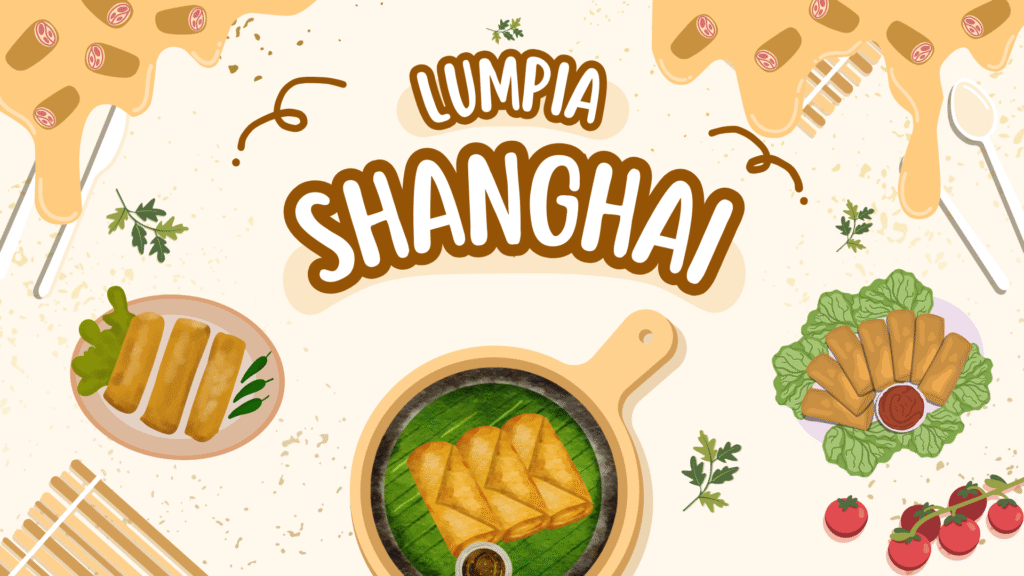
Between 900 and 1565 AD, traders and early Hokkien immigrants from Fujian brought lumpia to the Philippines during the pre-colonial era. The term comes from the Hokkien language, which has its roots in southeast China; “lun” denotes something that is wet, moist, or soft, and “pia” denotes a cake or pastry. The Chinese spring roll, which was widely consumed across Southeast Asia and is today consumed all over the world, gave rise to the Filipino delicacy lumpia. Lumpia officially comes from Fujian, China, but Chinese traders introduced it to Southeast Asia as early as the 7th through 13th centuries, during the Srivijayan Empire.
It was modified throughout time and developed into a classic dish in the Philippines. There are now a number of regional varieties, including European lumpia, Indonesian lumpia, and Vietnamese lumpia. Due to lumpia’s popularity, there are numerous versions of the dish. However, lumpia shares some essential components as a whole. Regardless of country of origin, each lumpia is made with a flour or rice wrapper that has been filled with a variety of meat and veggies and sealed with egg wash.
The lumpia are often deep fried as the last step, but they can alternatively be eaten fresh. The conventional meats used in lumpia are beef and pork, however vegetarian variants are also available by simply skipping the meat. Usually served in 12-piece servings, lumpia can be an appetizer or an entree. The most common sauce to serve alongside the food is sweet and sour. There are dessert variations of the dish, albeit the savory variants are more popular. The majority of dessert selections have a banana filling with a variety of toppings on top of a crunch shell. Cinnamon sugar, chocolate drizzle, caramel, and even ice cream are some toppings.
Lumpia Shanghai is a popular Filipino dish that consists of small, bite-sized spring rolls filled with a mixture of ground meat and vegetables. It is a beloved appetizer or snack in the Philippines and is often served at parties, gatherings, and special occasions.
Ingredients:
- Ground Meat: The most common meat used for Lumpia Shanghai is ground pork, although ground chicken or a combination of both can also be used.
- Vegetables: Finely chopped vegetables like carrots, onions, garlic, and green onions are mixed with the meat to add flavor and texture.
- Seasonings: Ingredients like soy sauce, salt, pepper, and sometimes even shrimp or fish sauce are used to season the filling.
- Wrapper: Lumpia wrappers are thin spring roll wrappers made from wheat flour. They are available in various sizes and can be found in Filipino grocery stores or Asian markets.
Preparation:
- Preparing the Filling: The filling is made by mixing the ground meat with the chopped vegetables and seasonings. Some recipes also include finely chopped or minced shrimp for added flavor.
- Wrapping: Small portions of the filling are placed on the lumpia wrapper, and the wrapper is then rolled tightly around the filling, resembling a small cigar or spring roll.
- Sealing: To ensure that the rolls stay closed during frying, a mixture of water and flour or cornstarch is used as a paste to seal the edges of the wrapper.
- Frying: The wrapped Lumpia Shanghai is deep-fried until it becomes crispy and golden brown. The frying time is relatively short due to the small size of the rolls.
Serving:
Lumpia Shanghai is typically served with a dipping sauce, which can vary but often includes a combination of soy sauce, vinegar, garlic, and sometimes a bit of sugar for sweetness. It is common to see Lumpia Shanghai served alongside other Filipino dishes at parties or as an appetizer at family gatherings. Lumpia Shanghai is loved for its delicious crunch, savory filling, and versatility. It’s a delightful snack that embodies the Filipino tradition of sharing food with loved ones and celebrating special moments.




